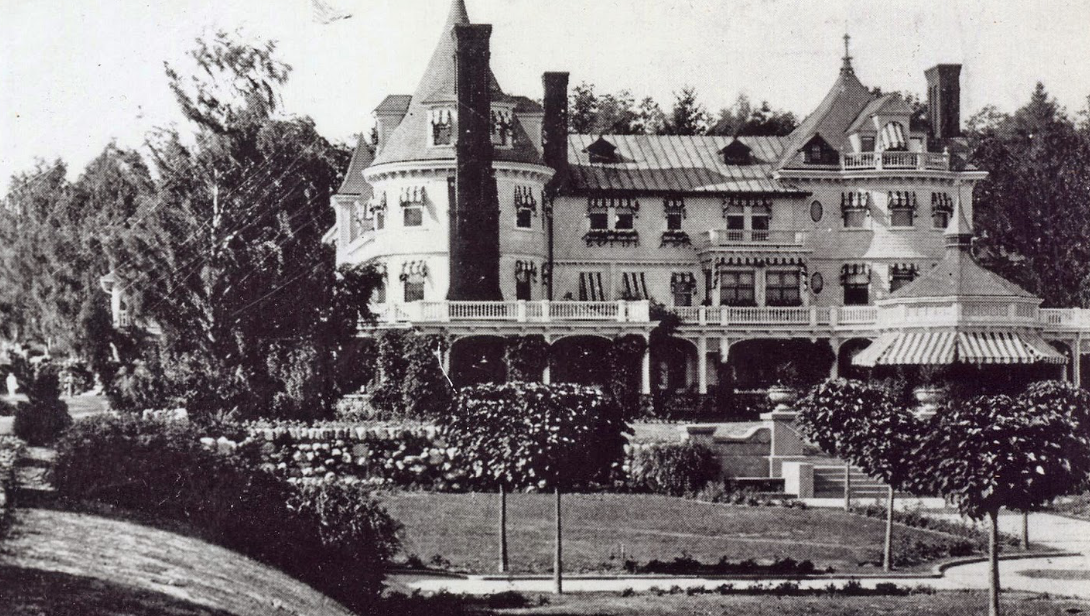
The heir to the Gilded Age who helped the marijuana movement
Shows like “Downtown Abbey,” “Palm Royale” and others have featured the lives of the big, big rich — and some have even touched on the marijuana counterculture movement.
It seems we can't get enough of the lives of the very rich. Shows like Downtown Abbey, Succession, The Gilded Age and Palm Royale are everywhere and people love it. Ryan Murphy has been doing well and has just finished his latest series, Truman Vs. The Swans. All of this underlines how well they are doing and how they are leading their lives. But did you know about the Gilded Age heiress who helped the marijuana movement?
RELATED: Beer sales are down thanks to marijuana
The Mellon family belongs to the rare category of being big then and still today. On the East Coast, they continue to have traction and cache like the “new money” Gates, Zuckerberg and Bezos. An old family from Pittsburgh that got its start in banking, the Mellon in what is now BNY Mellon. The family includes Andrew Mellon, one of the longest-serving treasury secretaries, as well as prominent members of the judiciary, banking, finance, economics and politics. Bunny Mellon was one of the great philanthropists and art collectors. A dear friend of Jackie Kennedy OnassisShe designed a number of significant gardens, including the White House Rose Garden
But it was Peggy Mellon Hitchcock, another Mellon heiress, who helped the counterculture. Her mother was a Mellon and her father, Thomas Hitchcock Jr., was a leading polo player and partner at Lehman Brothers. Peggy was a hothead and was equally at home in the family's many homes as she was in a smoky jazz club full of artists. She was spirited and funny and always open to new and next ideas. She had an unusual relationship with Timothy O'Leary. She persuaded her brothers to let O'Leary use their shared family estate at home (also known as the Millbrook or Hitchcock estate).
RELATED: The cannabis industry employs the same people as these companies
For five years, thanks to Peggy, O'Leary lived like a king and had guests such as Allen Ginsberg, Charles Mingus and RD Laing in the old, wealthy mansion. What happened is the stuff of legends, with a mix of art, marijuana, money, new ideas, psychedelics, music and love. Luc Sante of The New York Times described it as “a time filled with endless parties, revelations and breakdowns, emotional dramas of all magnitudes, and numerous raids and arrests.” Nina Grabol recounted it as “a cross between a country club, a madhouse, a… Research institute, a monastery and a Fellini film set.”
Peggy was responsible for helping the counterculture rest, regroup and move forward. Who would have thought that this would be the early path to rescheduling?

Post a comment: